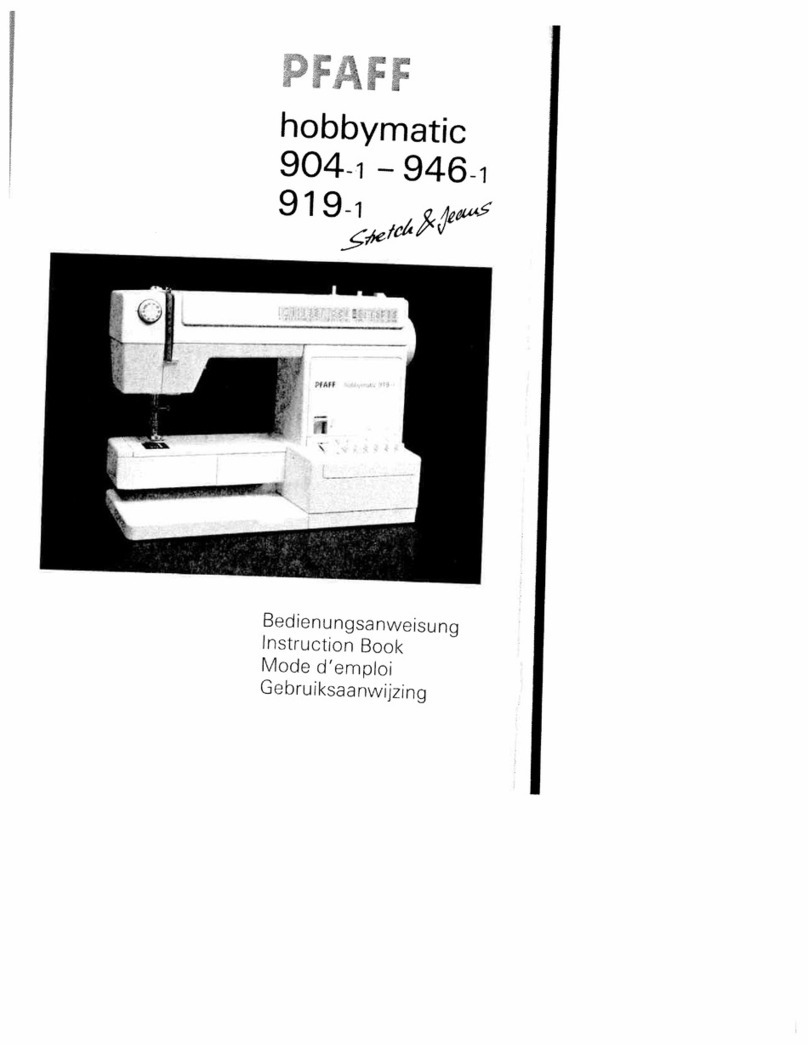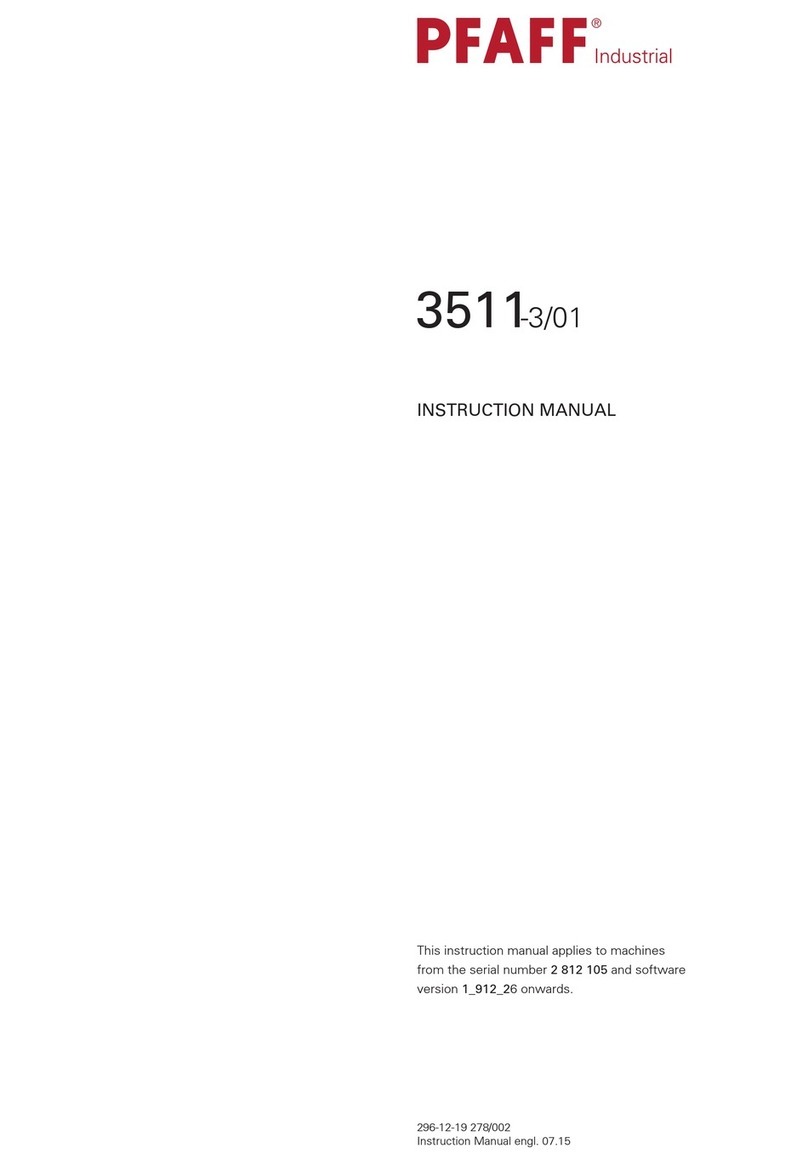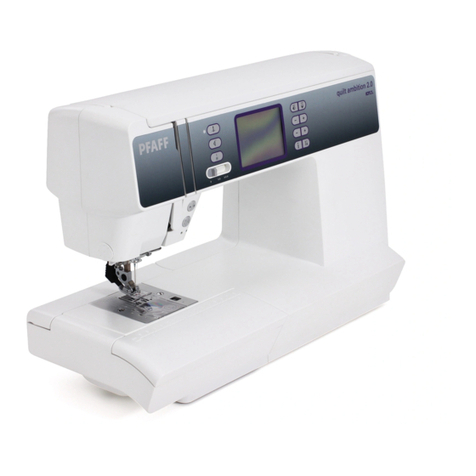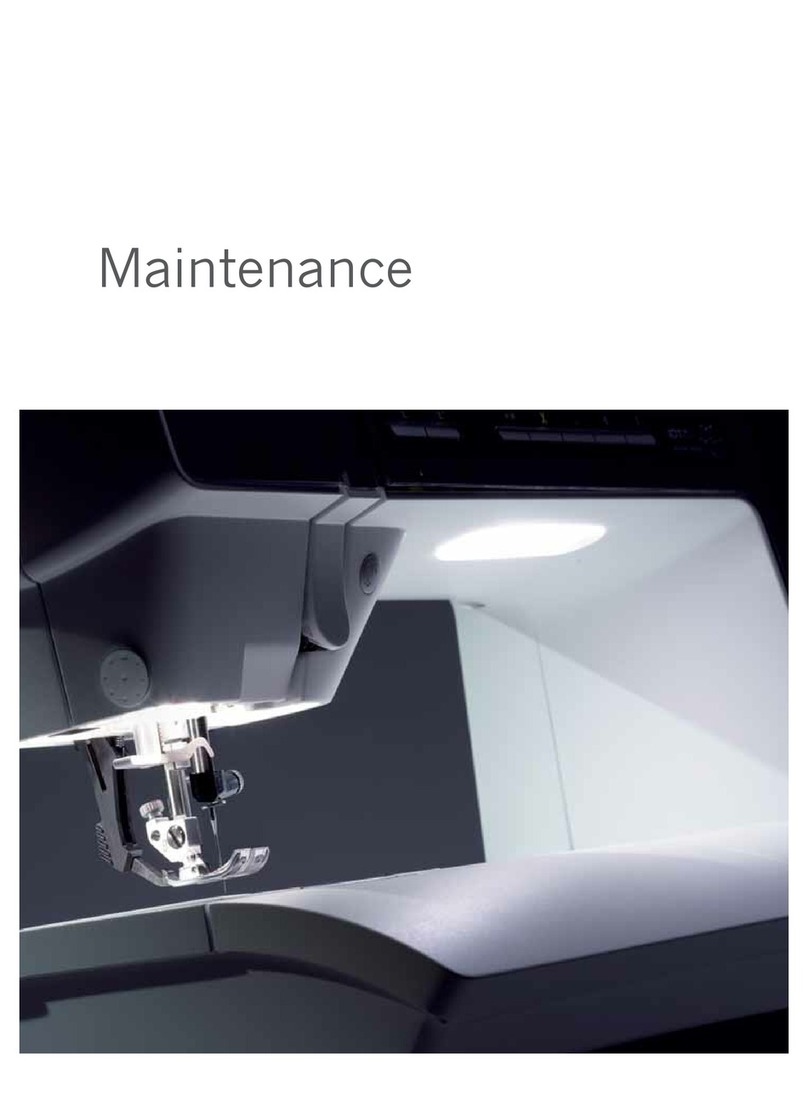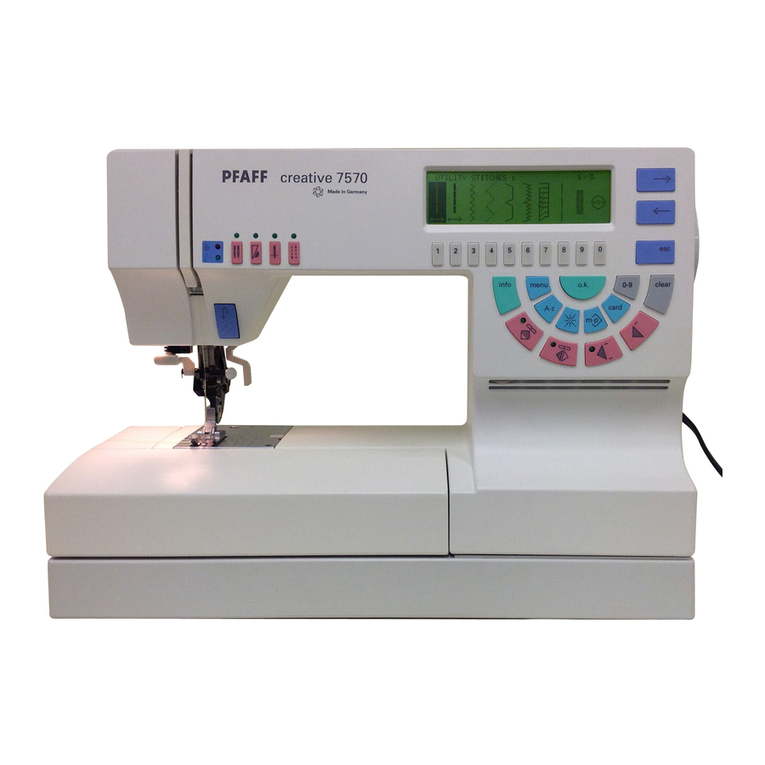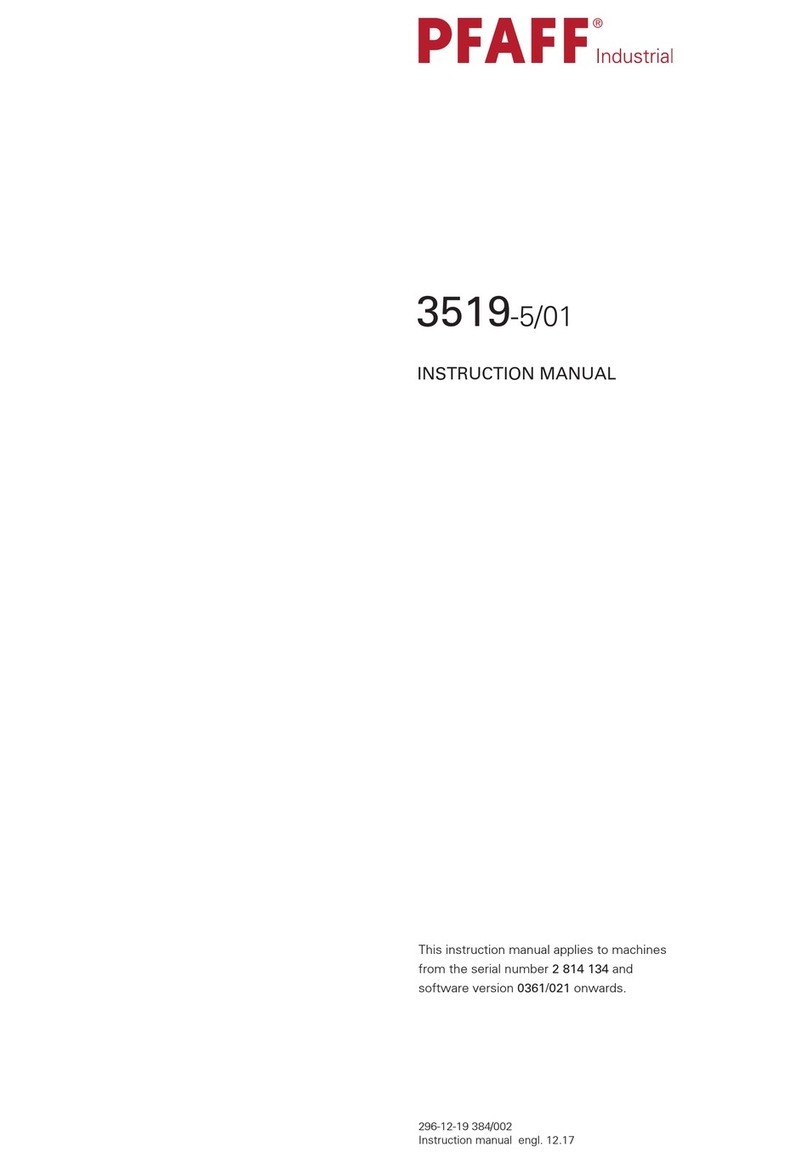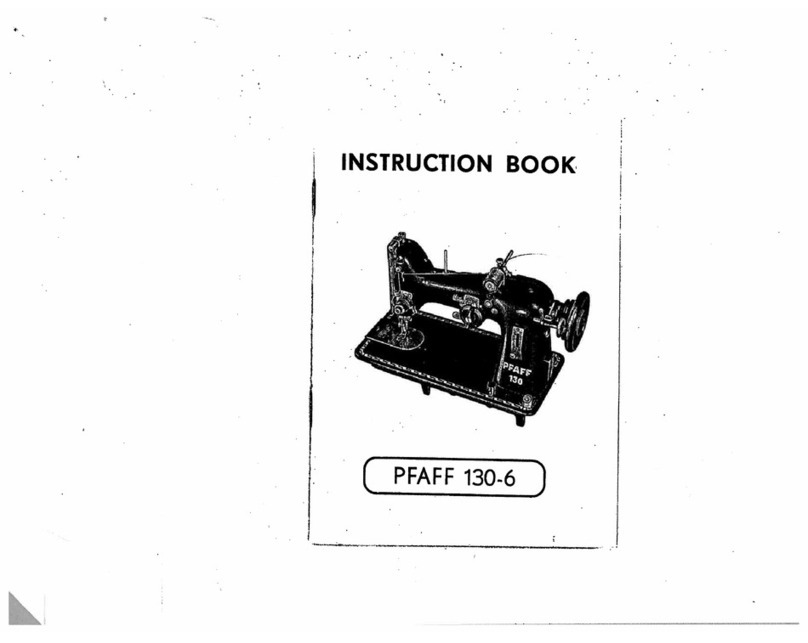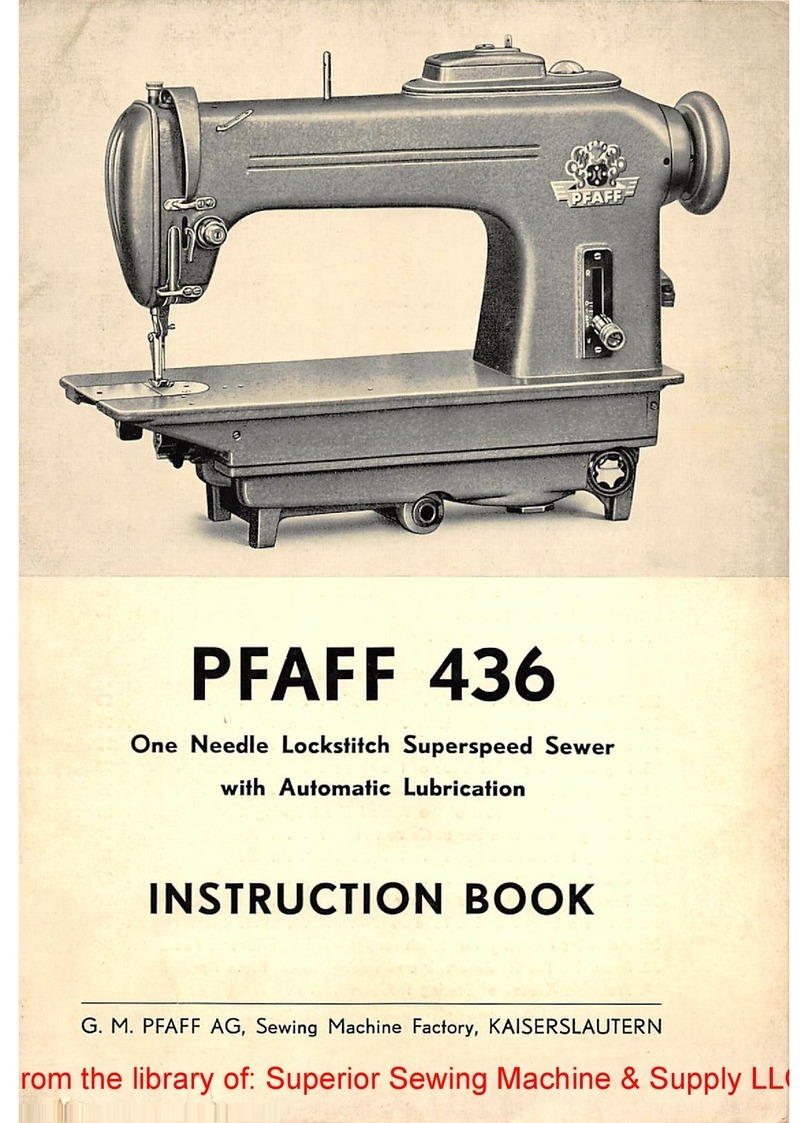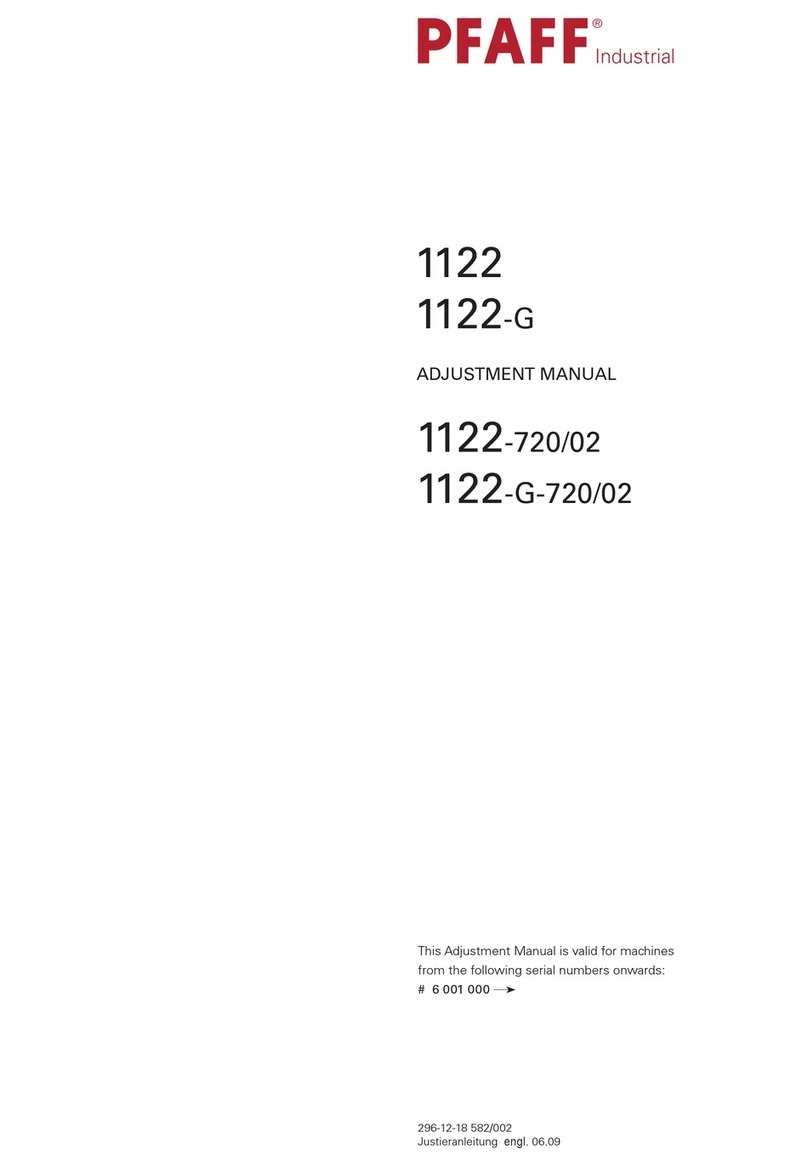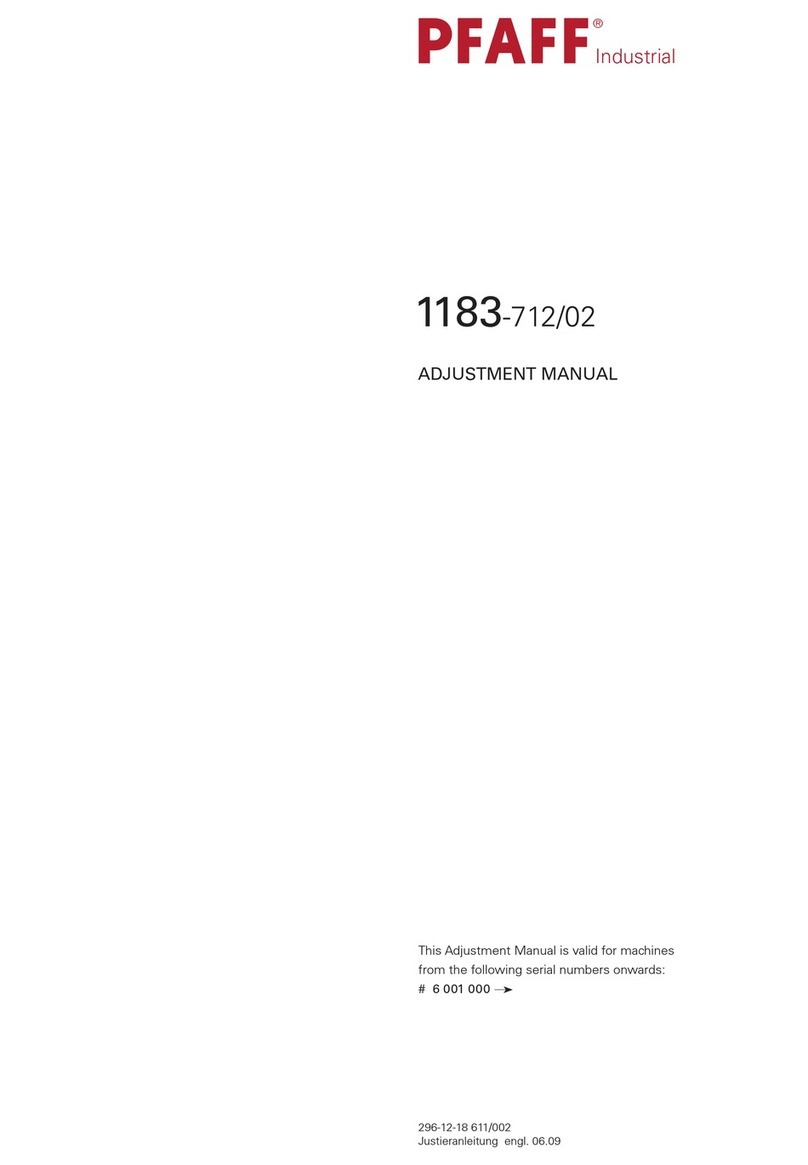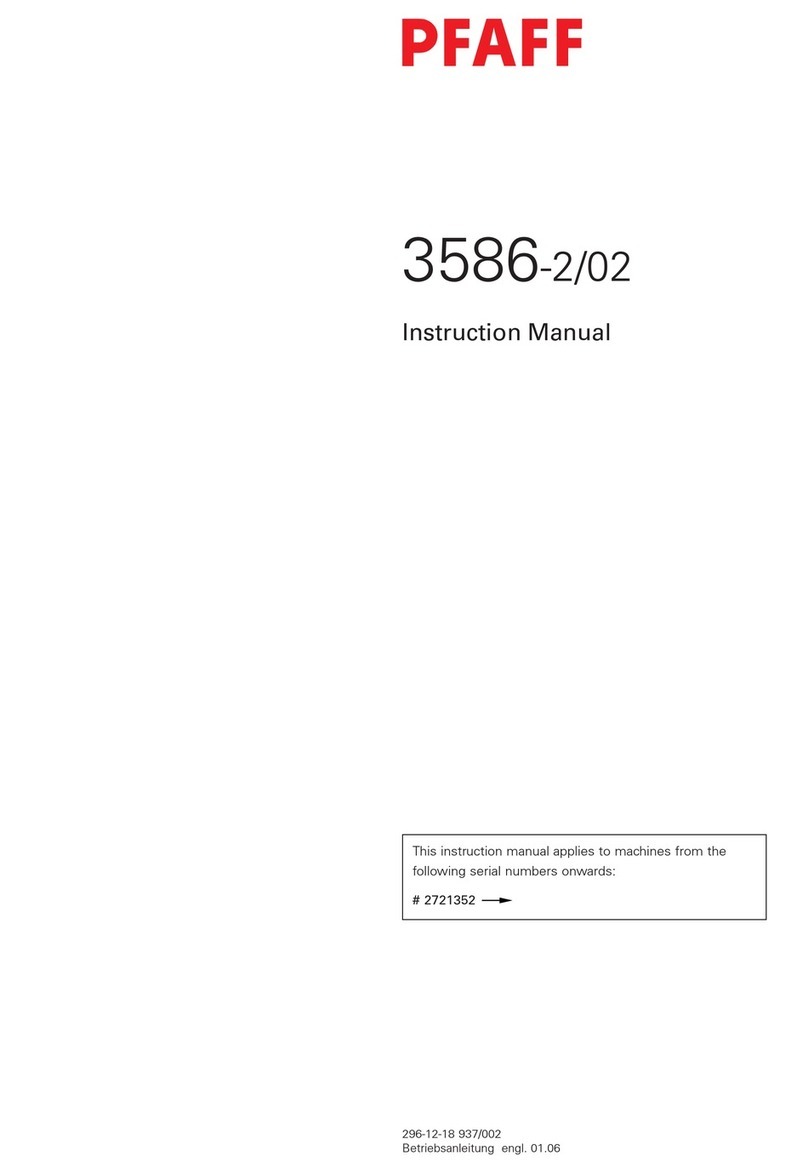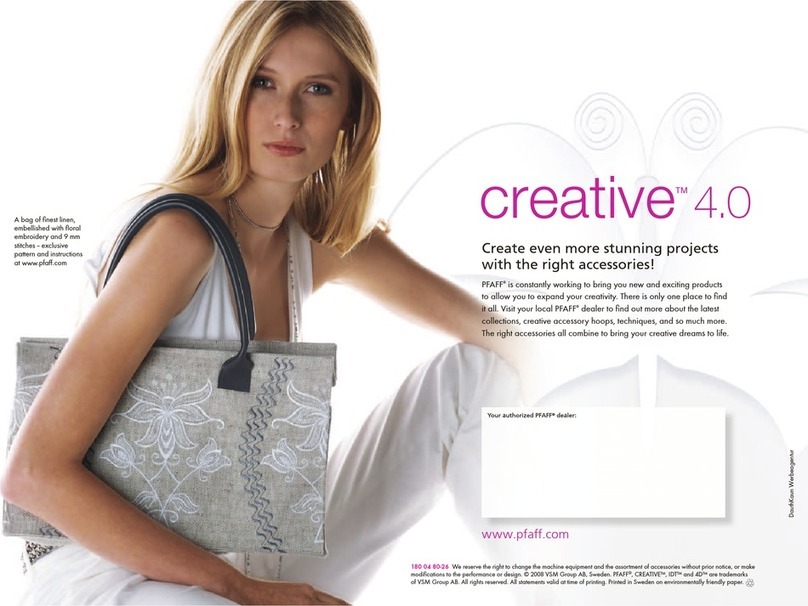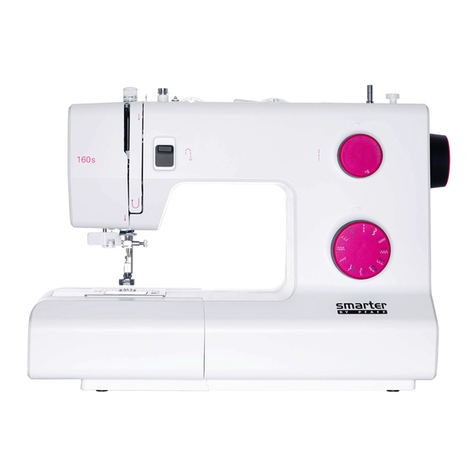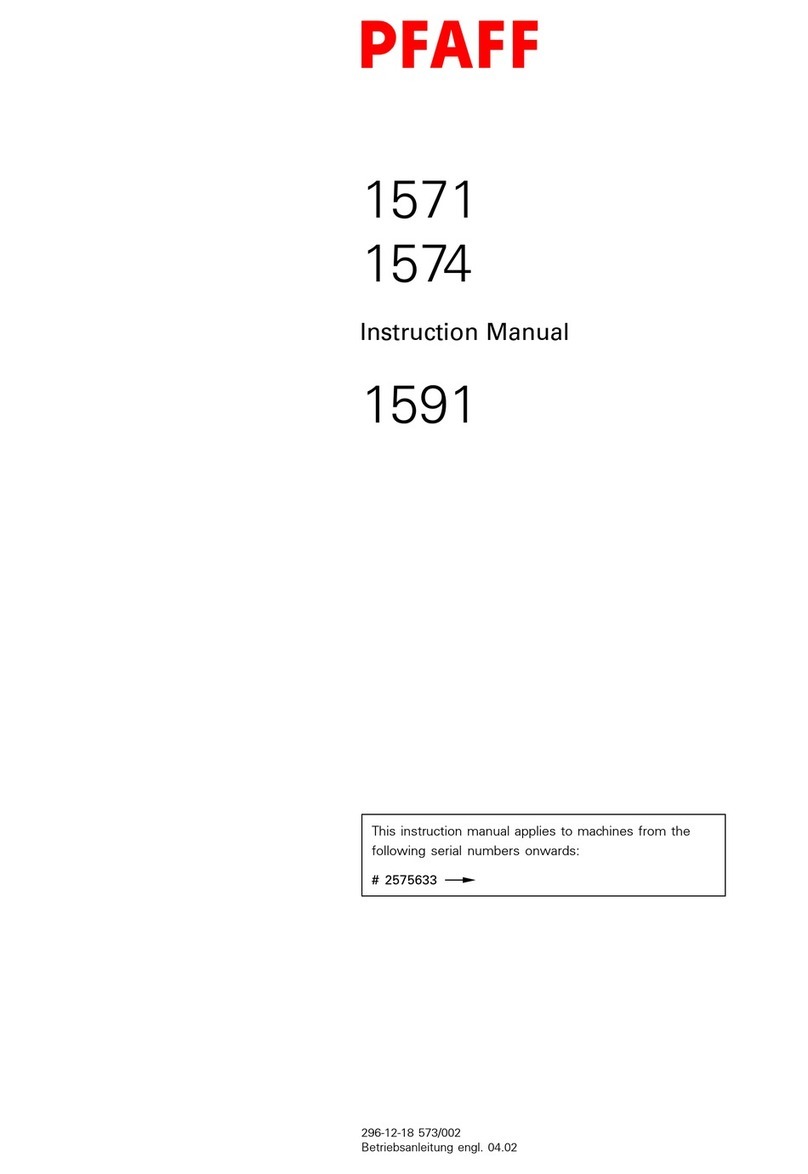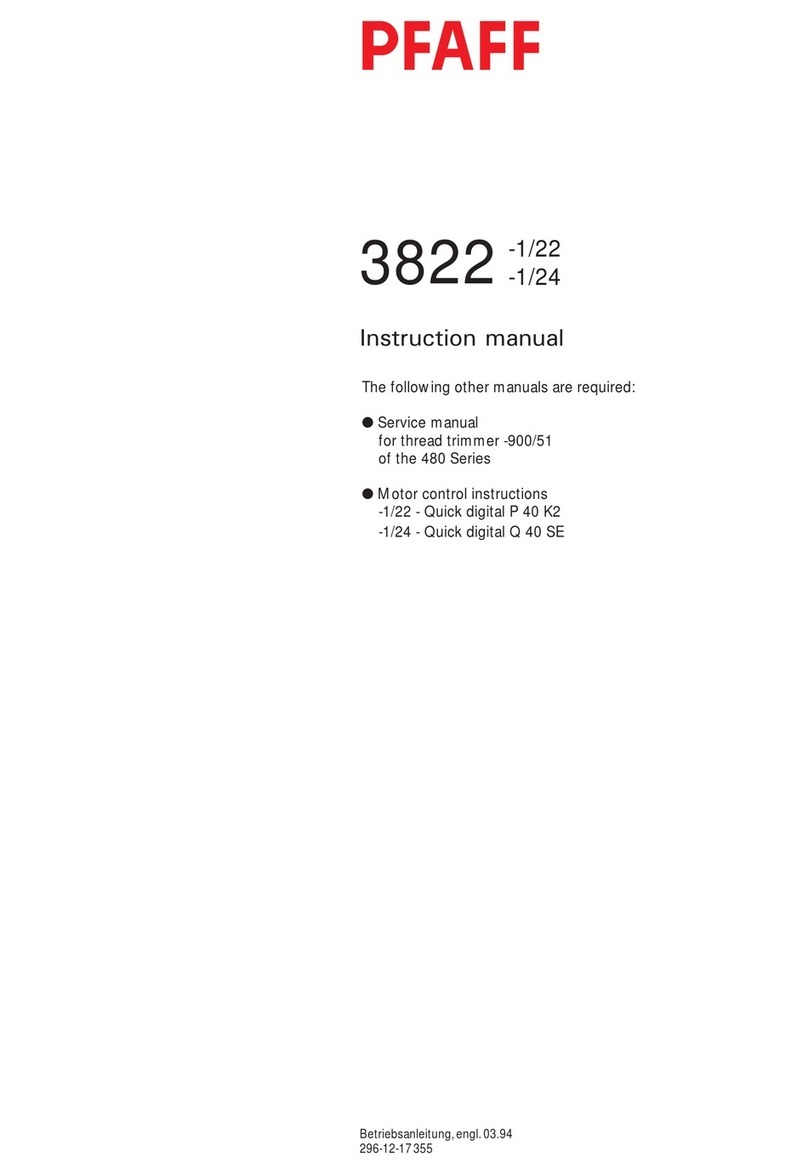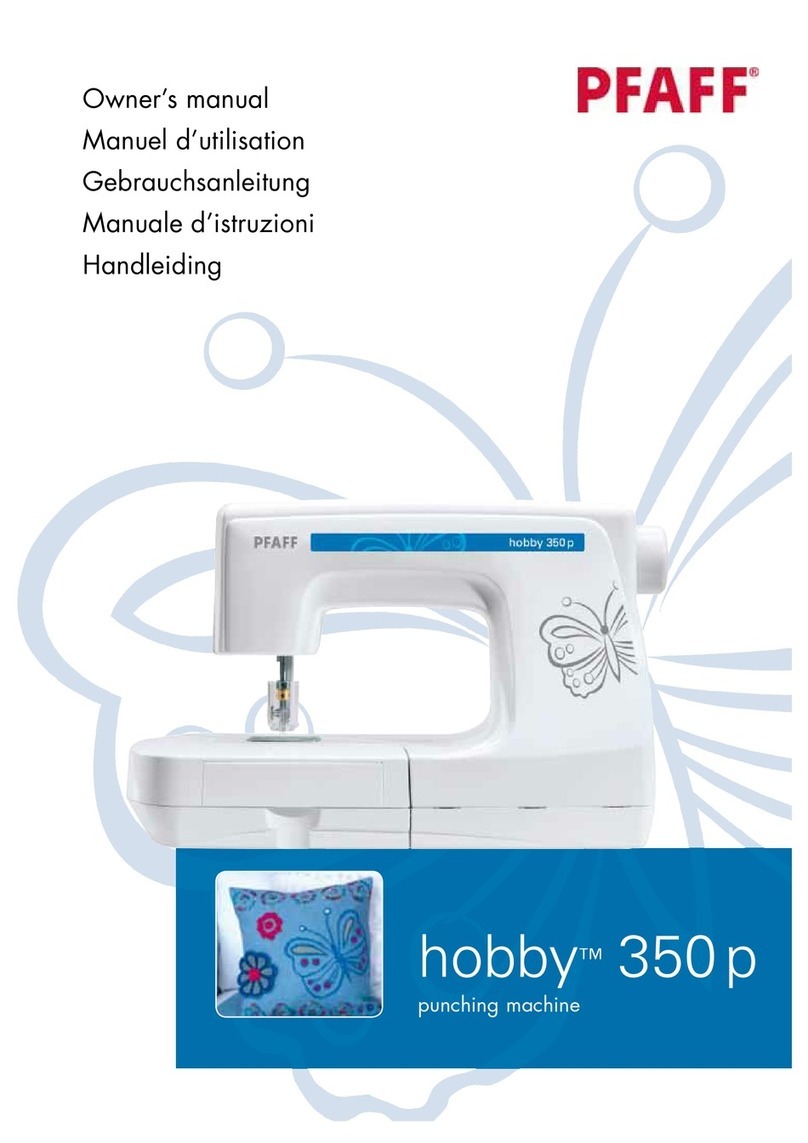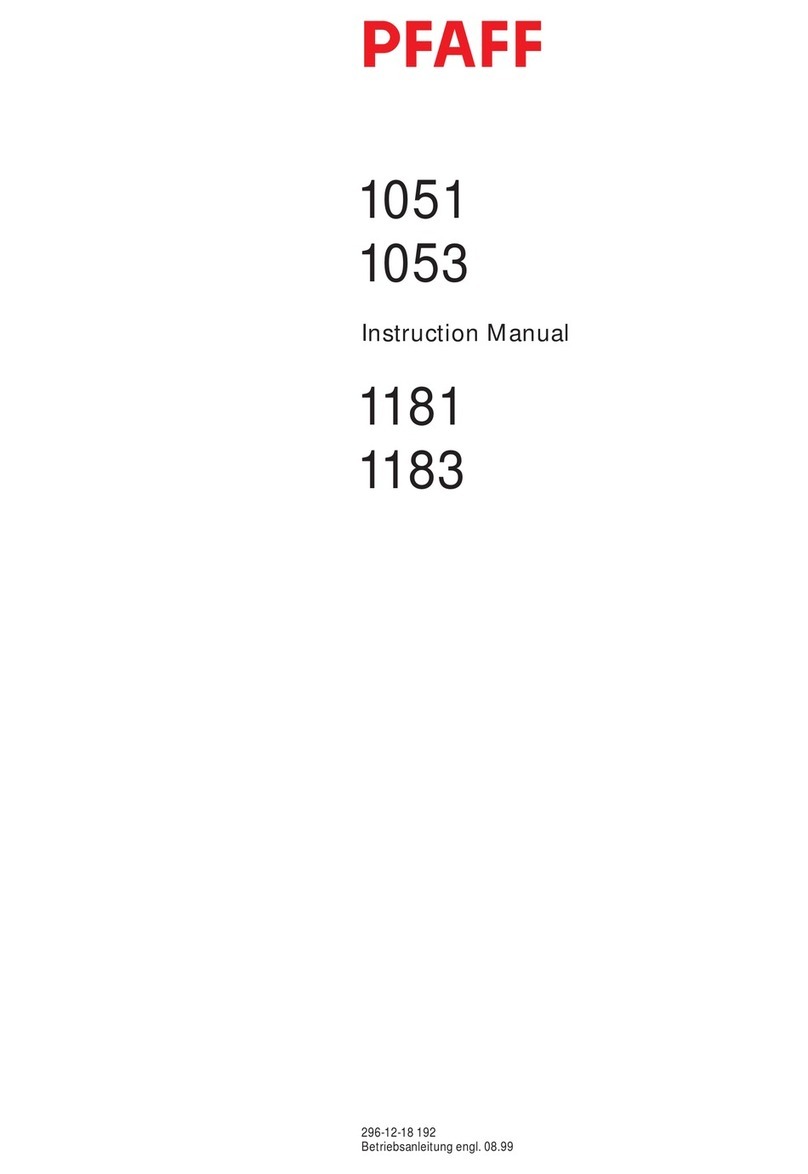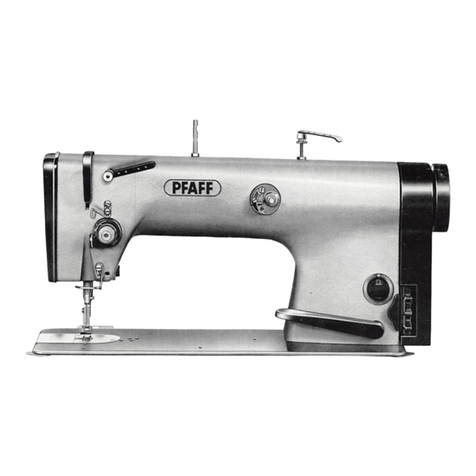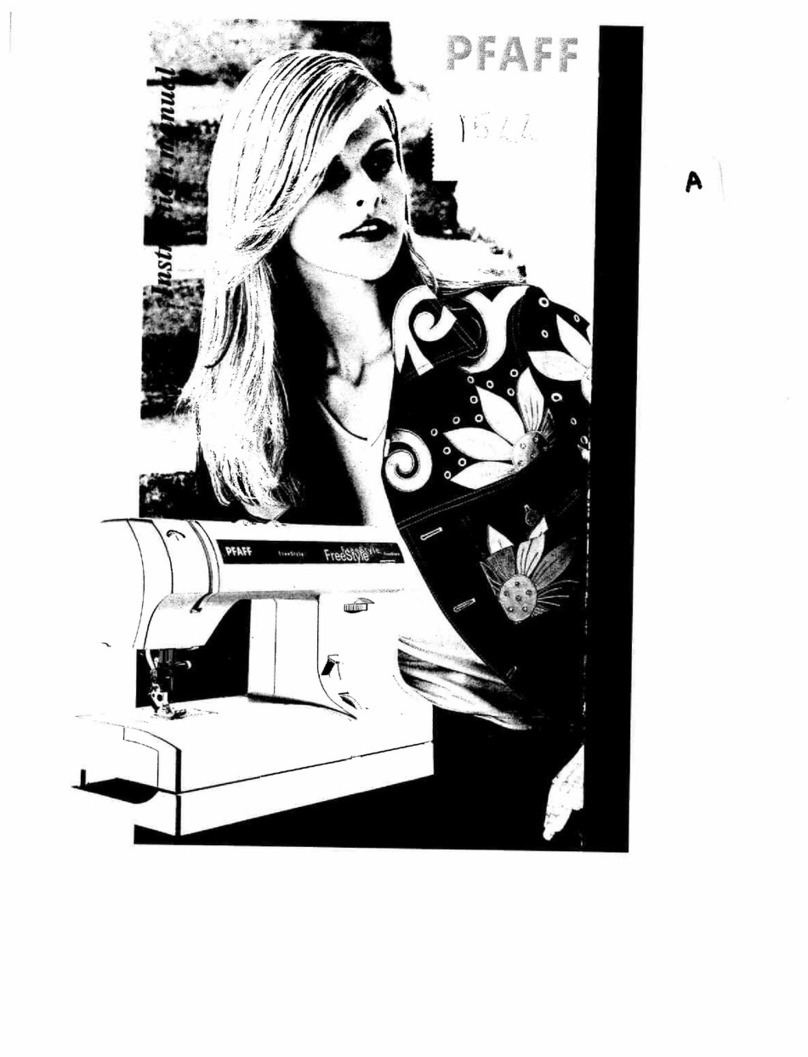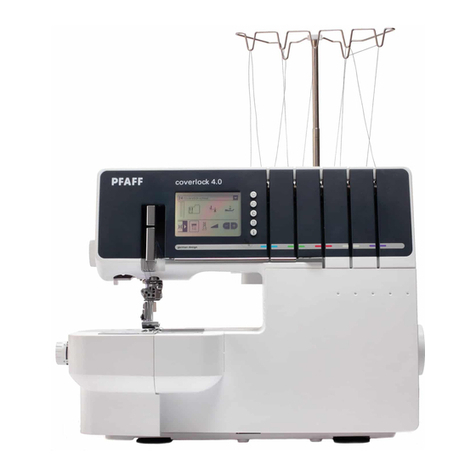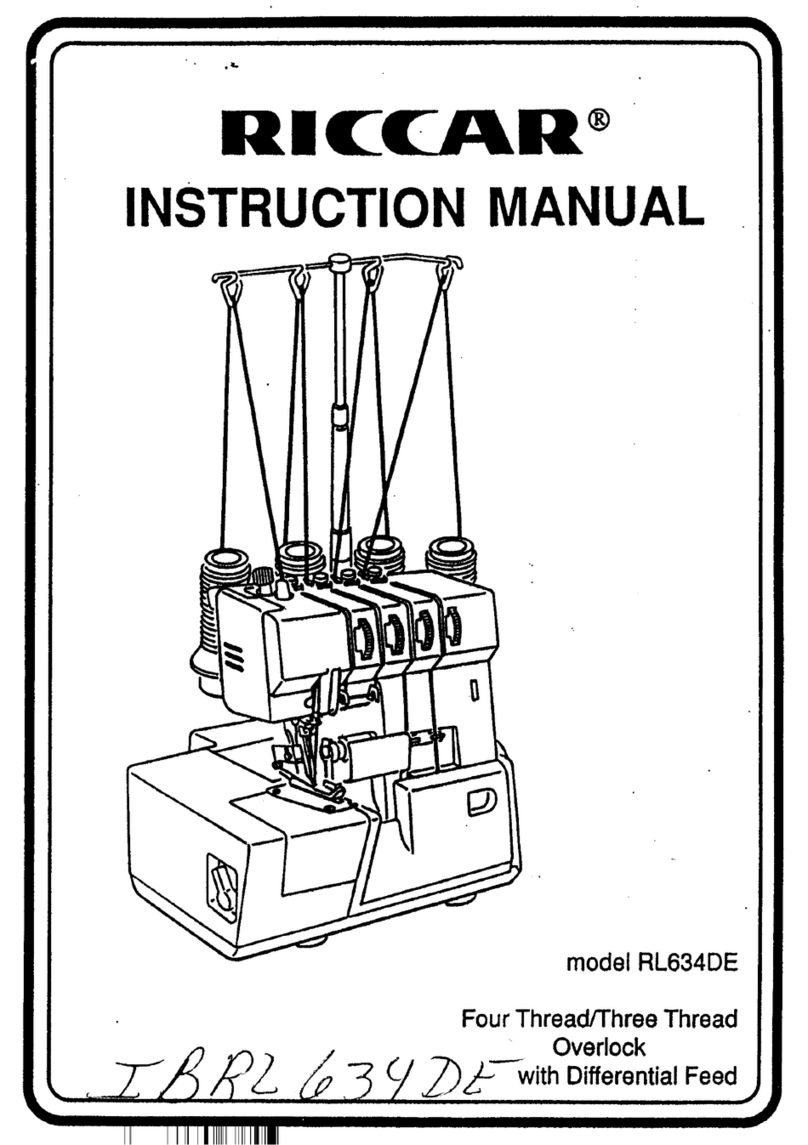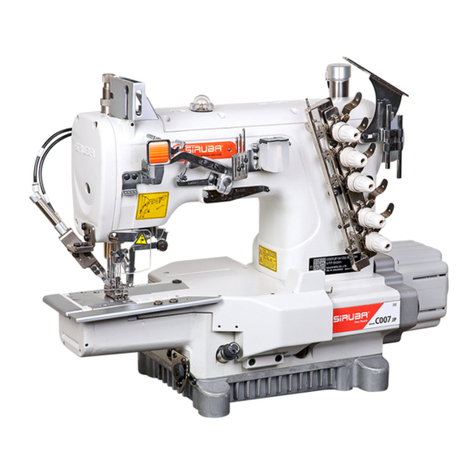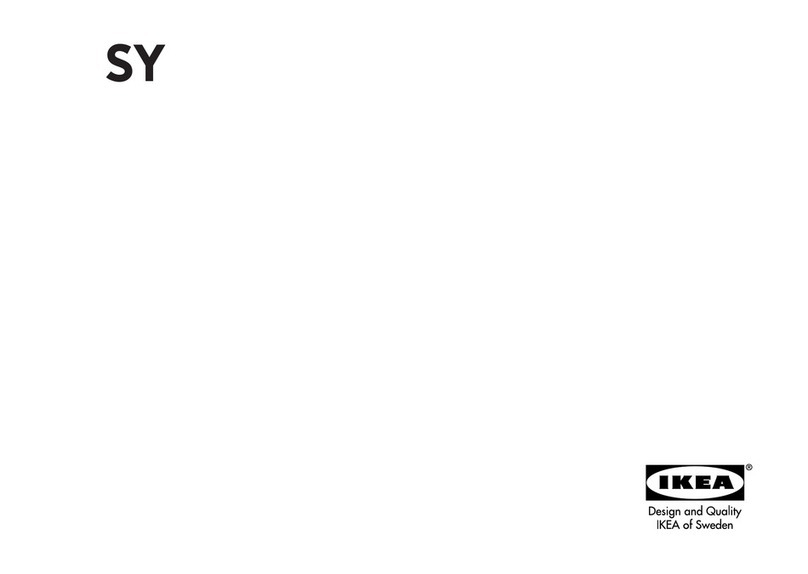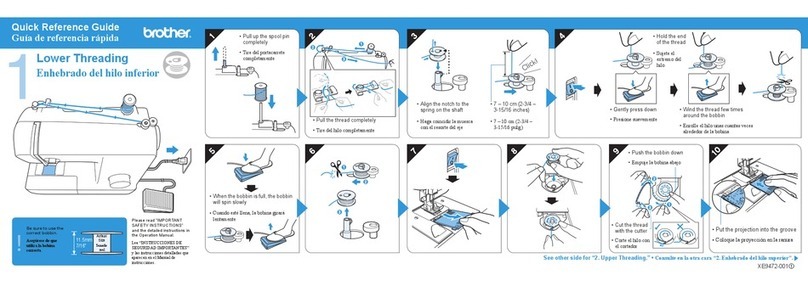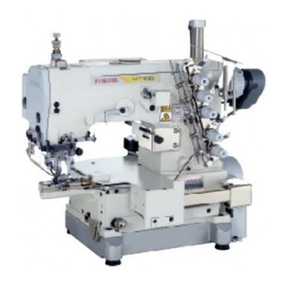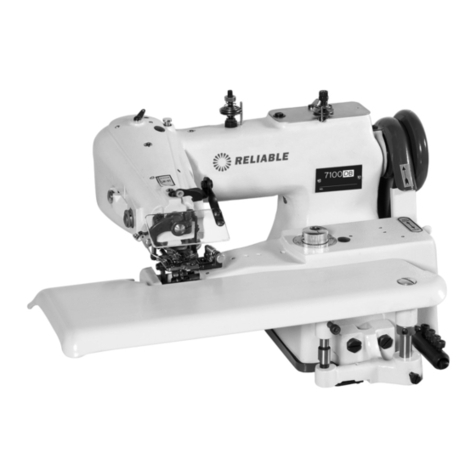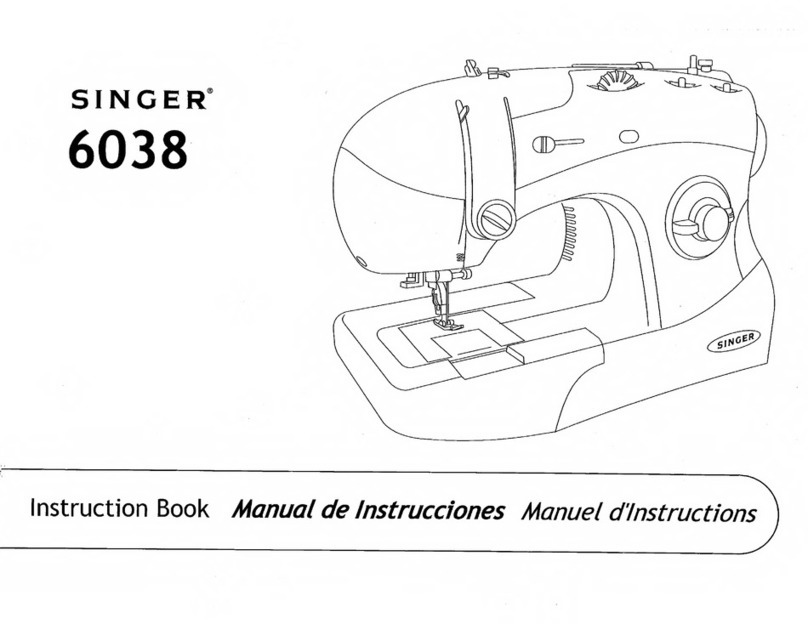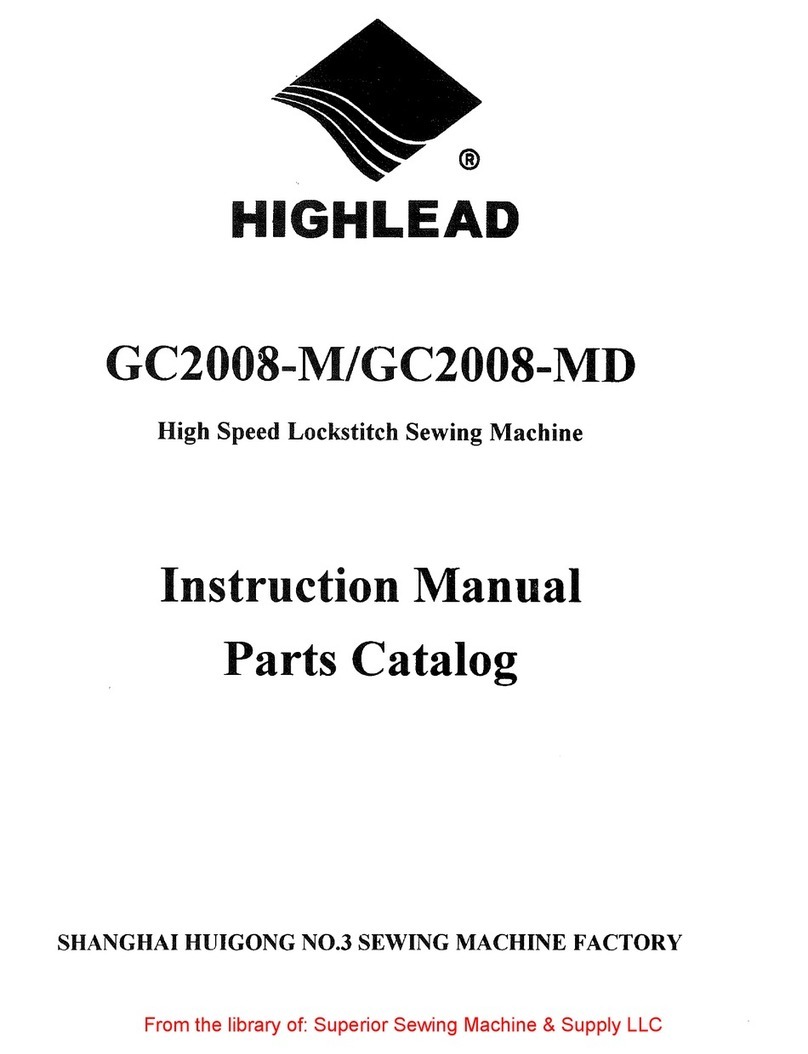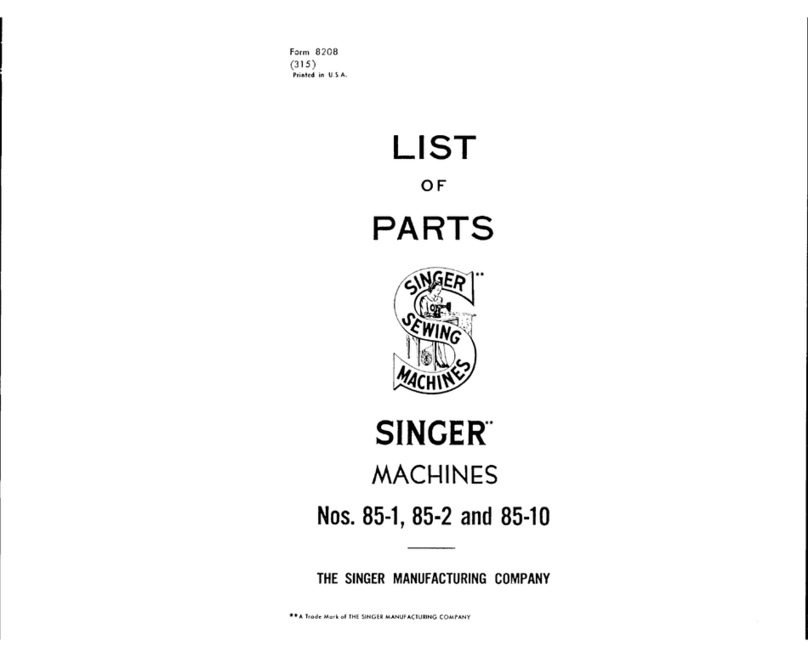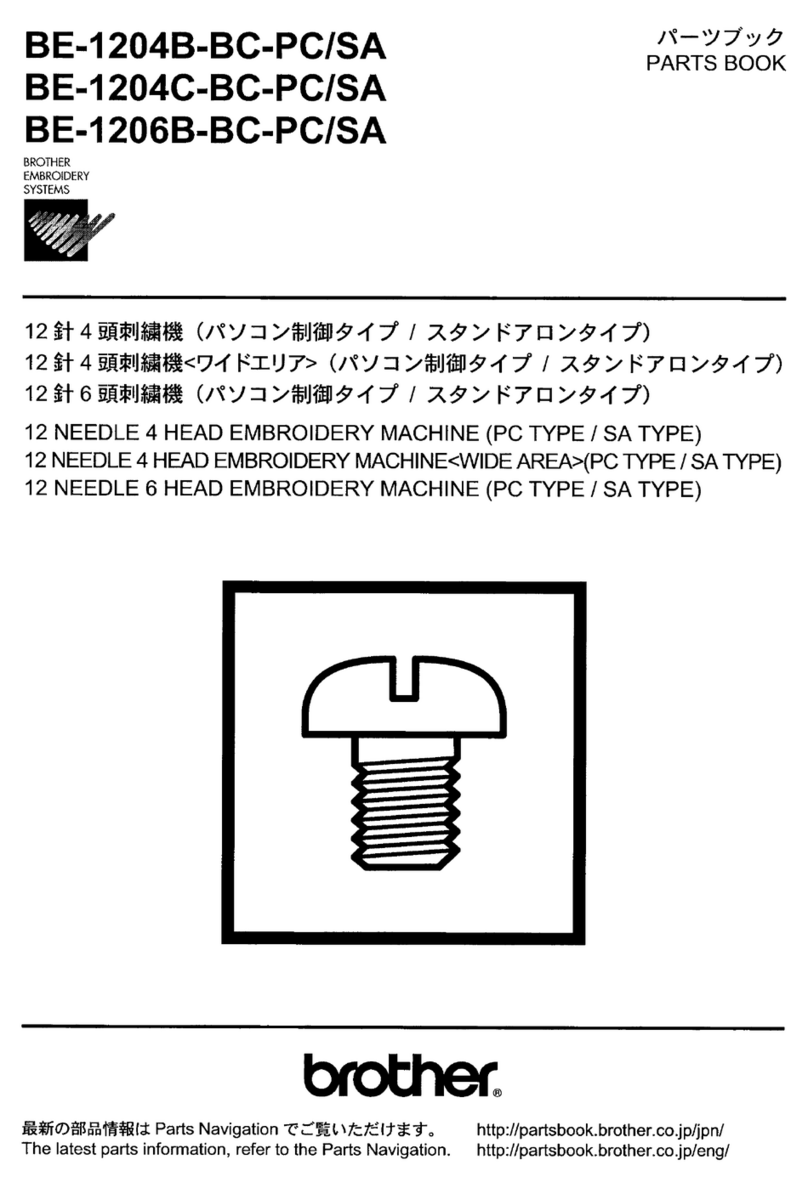
Contents
Contents ................................................................................. Chapter - Page
8Mounting and commissioning the machine ............................................................. 8 - 1
8.01 Mounting....................................................................................................................... 8 - 1
8.01.01 Adjusting the table-top height ....................................................................................... 8 - 1
8.01.02 Fitting the oil pan........................................................................................................... 8 - 2
8.01.03 Mounting the sewing head ........................................................................................... 8 - 3
8.01.04 Mounting the balance wheel......................................................................................... 8 - 3
8.01.05 Tightening the V-belt .....................................................................................................8- 4
8.01.06 Mounting the top V-belt guard ...................................................................................... 8 - 4
8.01.07 Mounting the bottom V-belt guard ................................................................................ 8 - 5
8.01.08 Fitting the thread guide ................................................................................................. 8- 5
8.01.09 Mounting the spool holder ............................................................................................ 8 - 6
8.02 Connecting the plug-in connections and earth cables ................................................... 8 - 7
8.03 Commissioning ............................................................................................................. 8 - 8
8.04 Switching the machine on/off ....................................................................................... 8 - 8
8.05 Basic setting of the machine drive unit ......................................................................... 8 - 8
8.06 Table top cutout ............................................................................................................ 8-10
9Preparation .................................................................................................................. 9 - 1
9.01 Inserting the needle ...................................................................................................... 9 - 1
9.02 Winding the bobbin thread / adjusting the preliminary thread tension........................... 9 - 2
9.03 Removing/Inserting the bobbin case ............................................................................. 9 - 3
9.04 Inserting the bobbin case / Adjusting the bobbin thread tension................................... 9 - 3
9.05 Threading the needle thread / adjusting the needle thread tension............................... 9 - 4
9.06 Entering the start and end backtacks............................................................................ 9 - 5
10 Sewing ....................................................................................................................... 10 -1
10.01 Darning program ......................................................................................................... 10 - 2
10.02 Counted seam............................................................................................................. 10 - 2
10.03 Error messages........................................................................................................... 10 - 3
11 Care and maintenance .............................................................................................. 11 - 1
11.01 Cleaning the machine.................................................................................................. 11 - 1
11.02 Checking the oil level / filling in oil ............................................................................... 11 - 2
11.03 Adjusting the lubrication.............................................................................................. 11 - 3
11.03.01 Lubricating the needle head parts ............................................................................... 11 - 3
11.03.02 Hook lubrication ..........................................................................................................11- 3
12 Wearing parts.............................................................................................................. 12 -1
